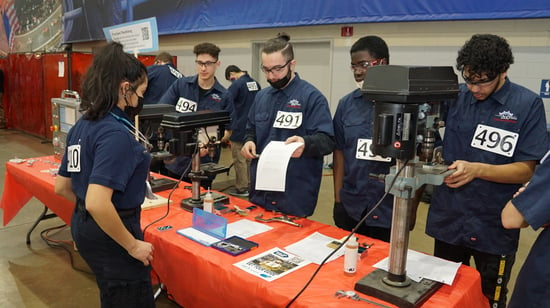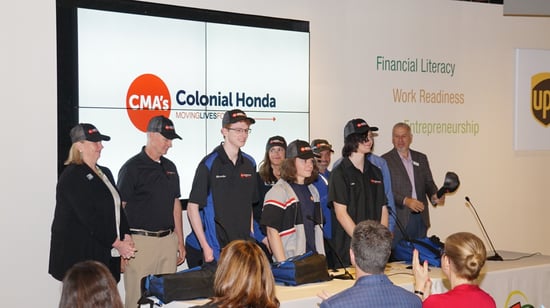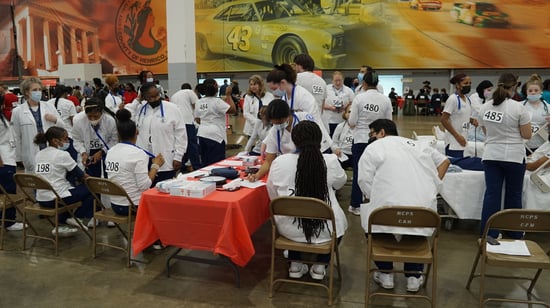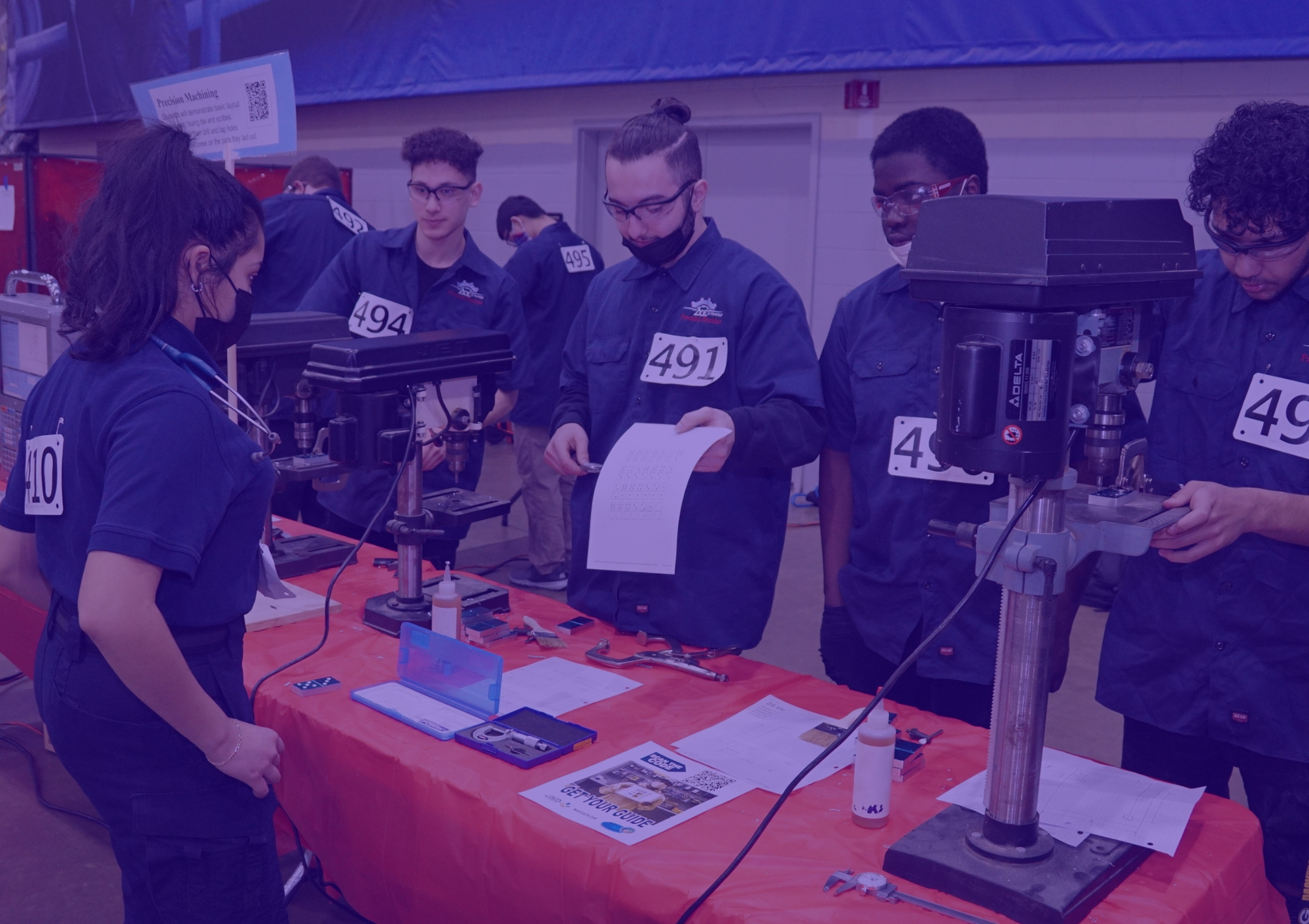5 Models for Increasing Work-Based Learning Experiences
5 min read
For many students, work-based learning (WBL) offers a vital chance to explore careers they may not otherwise be familiar with—before facing the opportunity costs associated with college and training programs. And done correctly, work-based learning imparts valuable soft skills that are applicable for all industries.
But as the demand for WBL learning grows, the supply can’t always keep up. The 2022 K-12 CCR Benchmark found that only 46% of school districts said most or all students had access to career experiences relevant to their interests. For some industries, logistics and safety concerns make bringing students into the workforce impossible.
So how do you give students as much access to career opportunities as possible?
Mac Beaton, Director of CTE at Henrico County Public Schools and Matt Kellam, Workforce Development Planning Coordinator at Dominion Energy, break down 5 creative models that are helping districts close the gap for students.
Common Issues to Increasing Work-Based Learning
First, let’s take a deeper look at the barriers most school districts and workforce partners face while working to increase work-based learning opportunities for students.
For Districts
- Geographic access - Though 72% of Americans live near where they grew up, many students have career interests that aren’t available in their hometowns.
- Educators’ primary experience is education - It’s hard to teach what you don’t know—or organize partnerships when lacking a network in other industries.
- Competing demands for time and resources - Building local partnerships, coordinating student applications, and monitoring experiences requires time and often falls outside of the scope of an educators’ everyday tasks.
- Understanding of what it takes to be life-ready - Shifting career exploration beyond knowledge-building to experiences requires buy-in and instructional design.
For Industry and Workforce Partners
- Safety concerns - Supervising minors can create a host of liability concerns.
- Focus on internships - The most well-known form of work-based learning, internships can set up high expectations for how much is required of workforce partners.
- Team bandwidth and regular commitment - For small companies or individual contractors especially, taking on a regular commitment for work-based learning can seem unsustainable.
5 Creative Work-Based Learning Models
With these issues in mind, let’s explore 5 out-of-the-box ways Mac Beaton at Henrico County Public Schools has designed work-based learning experiences that overcome these barriers and create more career opportunities for students.
#1: Flip the Apprenticeship Model - If you can’t take kids to the work site, bring the work site to the kids.

Identifying a unique opportunity in their local area, Henrico County Public Schools purchased space in the nearby Regency Mall—and decided to work with their rising 10th grade students to convert it into classrooms for their adult education program.
Recognizing construction can be one of the hardest trades to provide career experiences to minors due to safety issues, Mac Beaton is embodying project-based learning by bringing in contractors to work with students. Along the way, the students gathered valuable experiences with converting spaces, a broader exposure to different specialities within the construction trades, and the opportunity to connect with potential employers on an active jobsite.
#2: Look for sponsorships that provide mutual benefits - find the overlap between employers and student interests.

It’s easy to look for sponsorships that satisfy a specific need (e.g. a local partner to provide breakfast for a career day), but that can make engagement transactional.
Getting creative, Henrico County Public Schools worked with a local credit union to design a financial literacy lesson that ended with giving students money to open a savings account. By thinking beyond a transactional sponsorship, they developed a lasting model that exists in the overlap of benefits for students and local employers.
#3: Extend experiences with student career ambassadors - Prepare middle schoolers with early exposure while making the most of high school learning.
Mac Beaton suggests getting the most out of every work-based learning opportunity by empowering students as career ambassadors who share their experiences with younger students as well. For even more alignment, embed ambassador presentations within monthly career cluster activities so that students get mentorship experience.
#4: Make career fairs more actionable - Narrow the gap between career fairs & WBL placement.

Career fairs are great for building enthusiasm and exposure around careers, but it’s necessary to pair them with support to make it more actionable for juniors and seniors.
At Henrico County Public Schools, Mac’s team anchors their career fair around a second event called the Career Rodeo, where the career fair model is inverted. Students demonstrate their interpersonal skills in short interviews while workforce partners request resumes, flipping the internship application process.
#5: Use student micro-credentials to scale career experiences.
On-demand micro-credentials can be a great supplement for in-person career experiences. While local workforce often determines the availability of traditional work-based learning, micro-credentials give students immediate access to experiences they may just be discovering.
And for students interested in internships or training programs, micro-credentials allow a chance for pre-qualifying themselves and earning certifications to differentiate their applications.
👉 See a 3-minute walkthrough of MajorClarity’s micro-credentials.

